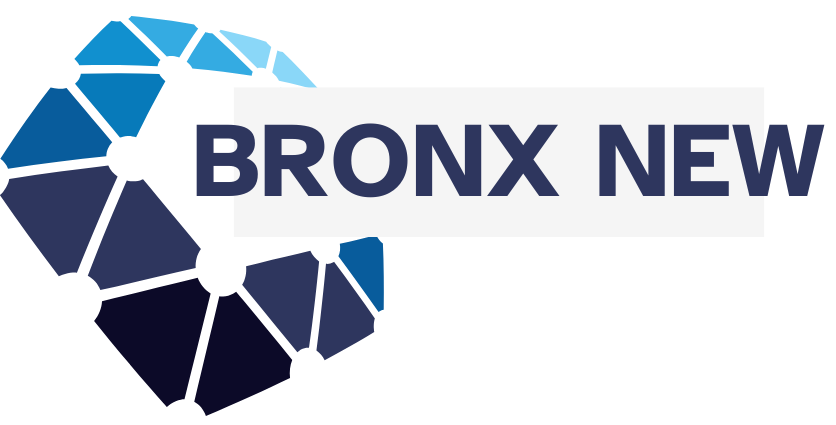Starting a Roth IRA can be the cornerstone of your retirement plan. Understanding how to embark on this financial journey is crucial for your future security. From understanding the basics to avoiding common pitfalls, here’s your guide to ensure your savings grow tax-free.
Understanding the Basics of Roth IRA
A Roth IRA is a type of individual retirement account that allows your money to grow tax-free. Understanding its basics helps you make informed decisions about your investment strategy. Roth IRAs differ from traditional IRAs in terms of how and when you pay your taxes on your contributions and withdrawals.
One of the key benefits is that contributions are made with after-tax dollars, meaning you pay taxes on the money before you deposit it into your Roth IRA. This allows your investments to grow tax-free. When you retire and begin withdrawing funds from your Roth IRA, those withdrawals are typically tax-free, provided certain conditions are met.
Eligibility for contributing to a Roth IRA depends on your income level. There are limits on how much you can contribute annually, based on your age and income. It’s crucial to stay informed about the annual contribution limits and income thresholds to maximize the benefits of your Roth IRA.
Another important aspect to understand is what investments to include within your Roth IRA. You can choose from a variety of options, such as stocks, bonds, and mutual funds. A diversified portfolio helps spread risk and potentially increases returns over time.
By grasping these fundamentals, you’ll be better equipped to discuss the next steps, like opening your account and understanding the advantages that come with having a Roth IRA. Taking action now can significantly enhance your financial future and provide peace of mind in your retirement years.
Steps to Open Your Roth IRA

- Research Financial Institutions: Start by looking for banks or brokerage firms that offer Roth IRA accounts. Compare their fees, available investment options, and customer service ratings.
- Check Eligibility: Before you proceed, ensure you meet the income requirements for a Roth IRA. It’s important to verify that your income doesn’t exceed the limits set by the IRS.
- Gather Necessary Documents: Prepare your personal identification, Social Security number, and any relevant financial information. Have these documents ready to speed up the application process.
- Fill Out Application: With your selected financial institution, begin the application process. This can often be done online. Provide accurate details to avoid delays.
- Fund Your Account: Decide how much money you want to deposit to start your Roth IRA. You can opt for lump-sum deposits or set up automatic transfers to make regular contributions.
- Choose Investments: Select a mix of stocks, bonds, mutual funds, or ETFs that aligns with your financial goals and risk tolerance. Diversify to minimize risk.
- Review and Adjust: Periodically review your investment choices and account performance. Adjust your portfolio as needed to ensure it stays aligned with your retirement goals.
Benefits of Having a Roth IRA
Opening a Roth IRA offers numerous advantages that can significantly enhance your financial future. One of the biggest benefits is the ability to enjoy tax-free growth. Since you pay taxes upfront on your contributions, your money can grow without the burden of taxes eating into your returns. This means when you withdraw funds during retirement, you won’t need to pay any taxes on them.
Another critical advantage of a Roth IRA is flexibility. Unlike other retirement accounts, a Roth IRA allows you to withdraw your contributions (not earnings) at any time without penalties. This feature can be especially helpful if you face unexpected financial emergencies.
For those who plan to work beyond traditional retirement age, there’s even more good news. Roth IRAs have no required minimum distribution (RMD) rules. This means you are not forced to start withdrawing money at age 72, allowing your investments more time to grow.
Additionally, owning a Roth IRA can also benefit your heirs. Upon your passing, those who inherit your Roth IRA can also benefit from tax-free distributions, making it an effective component in estate planning.
Common Mistakes to Avoid When Starting

Starting a Roth IRA can seem straightforward, but there are common mistakes that beginners often make. Being aware of these pitfalls can help you make better financial decisions for your future.
- Skipping Research: Before opening a Roth IRA, it’s crucial to understand the eligibility requirements and contribution limits. Ignoring these details can lead to tax penalties.
- Not Diversifying Investments: A Roth IRA allows for a wide range of investment choices. Some beginners make the mistake of investing all funds in a single type of asset. Diversifying can help manage risk.
- Ignoring Fees: Fees can eat into your investment returns. Always check for any management or administrative fees associated with your Roth IRA.
- Delayed Contributions: Procrastination can cost you valuable compounding time. Start contributing as soon as possible, even if it’s a small amount. Time in the market is one of your greatest allies.
- Misunderstanding Roth Conversions: If you’re considering converting a traditional IRA to a Roth IRA, be sure to understand the tax implications. Conversions can be advantageous but may lead to unexpected tax liabilities if not handled correctly.
- Forgetting Beneficiary Designations: It’s important to designate beneficiaries to your Roth IRA. This helps ensure your assets are distributed according to your wishes and can avoid legal complications.
Avoiding these common mistakes will help you utilize your Roth IRA effectively, ensuring a more secure financial future.





